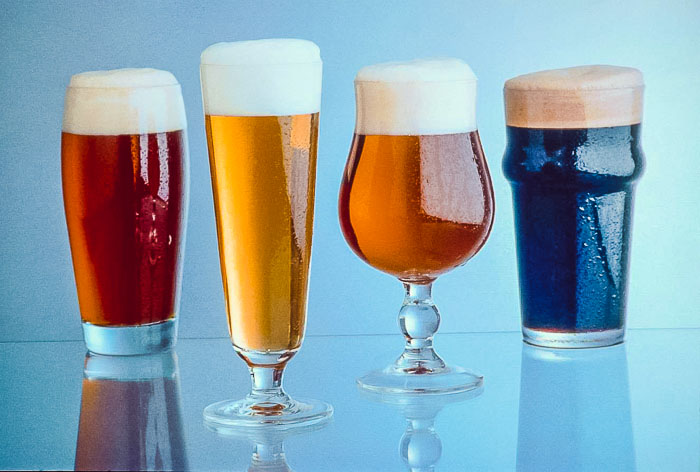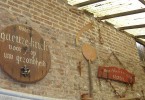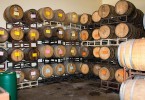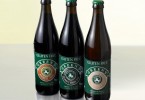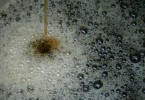Sensory analysis of beer
Through three articles we are going to practice a kind of sensory analysis of beer, the first step consist in the visual exam to leave room then, for the olfactory one, and finally the tasting.
After years of technical readings, discussion with experts (and non experts), and after many tastings to open my mind, I gained a good knowledge, useful in my experiences in the field of tastings. These rows won’t be sufficient, certainly, to become real cervoisier, anyway the continuous assessment and the consequent awareness of your skills can be empowered by these theoretical lesson.
Sensory analysis of beer starts with the visual exam
When you have in front of you a beer, the first important experience is the visual one. While you are analysing visually a beer, you should keep in mind four fundamental characteristics: foam, colour, clearness and perlage (its bubbles).
Let’s start from the foam…
The colour of the foam can vary according to the type of beer that we are tasting. In the majority of the cases, it has a white colour, but depending on the beer, for instance the dark beers, it can vary its shade of beige, more or less intense. The foam of beers with red fruit, for example the Kriek or the Framboise, could have different shades of pink.
The foam of a good beer should be:
- Thick, it depends on the type of tapping;
- It has to adhere to the sides of the glass (synonym of its cleanness);
- A thin weft that means the thickness of the bubbles of air;
- Long – lasting;
- For some styles of beer (barley wine and lambic) the foam can be completely absent.
The foam is important for diverse aspects: it can protect the beer from possible oxidation, it makes it easy to digest removing the exceeding carbon dioxide and contributes to keep the flavours depending on malts, yeasts and hops. Forget that useless idea that foam doesn’t leave room for beer in the glass!
Colour and clearness
Sensory analysis of beer continues with the colour that can vary according to the styles, in relation, thus, with malts used for its production. The shades go from a light yellow to deep black with different shades.
The clearness is pretty important and this will chance according to the presence or not of yeasts, it means that after different filtration, more or less pushed, and the secondary fermentation in the bottle, it could be possible that they produce a sediment on the bottom. The presence of yeasts on the bottom doesn’t means that the beer has expired, not at all!
Finally “perlage”
Perlage is the mix and the type of bubbles and their movement inside the glass. A good beer should have a fine and lasting perlage with ascent spiral movement.
With a little exercise you can have fun in trying to distinguish the beers that you have in front of you depending on the colour, the foam and their clearness.
The first part of the article “sensorial analysis of beer” ends here, but it will continue in the next days!
…Stay tuned…

